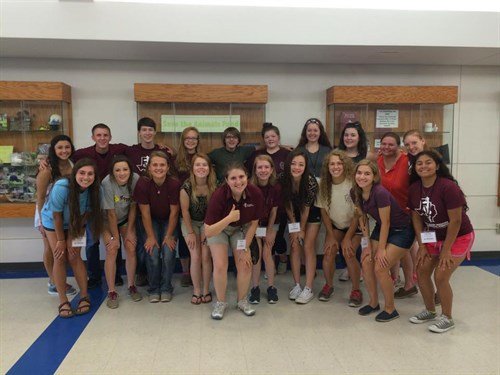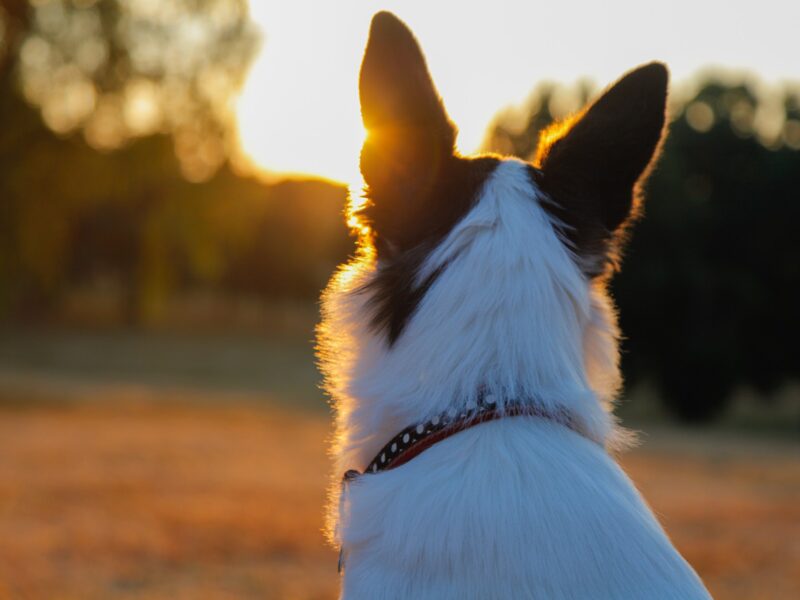At the College of Veterinary Medicine & Biomedical Sciences (CVM), education goes beyond just teaching students how to be veterinarians. Through the Partnership for Environmental Education and Rural Health (PEER) program, veterinary students, undergraduate biomedical science students, faculty, and staff work together to educate and inspire a love of science in K–12 students.
PEER uses demonstrations and lessons from the field of veterinary medicine to introduce children, mainly middle school-aged, to a variety of scientific concepts. “Kids love animals, so we use the information about animals to stimulate their interest. For example, we have a presentation on a physical exam,” said Dr. Larry Johnson, professor at the CVM who runs PEER. “They can learn the vital signs, such as heart rate and respiratory rate, of their favorite animal. You know they’re going to memorize those, and they’re going to discover they’ve got vital signs too.”
Tori Whitaker, a content specialist with PEER, echoed this and said, “It’s not easy to talk about obesity with middle school students, which is why we try to relate issues such as diabetes and obesity to pets. Our work really fits nicely into the One Health Initiative, the link between human and animal health and the environment, and that’s a lot of fun.”
Honoring Aggie Women: Vanguards Of Progress And Pioneers Of Innovation
Many of the presentations, videos, and lesson plans are generated by students, veterinarians, faculty, and staff at Texas A&M. “We have brilliant students who want to come up with something to share,” Johnson said. “We try to make the presentations about whatever they like—for example, if they like cows, we try to get them to do a lesson on cows—because the students are more passionate about what they like. Some students have said that they get a chance to refresh their memory about the things they’ve learned and see it in a different context.”
In the summer, veterinary students travel to various schools and other sites to present lessons to middle school children. Not only do the children learn about science, but the veterinary students also learn how to teach and interact with children. “Our veterinary students have a vast scope of knowledge, but not all of them have had the opportunity to be in a classroom or interact with the community in this way, so I may go out with the first couple of students and give them hints and pointers,” Whitaker said.
Clarissa Root, a third-year veterinary student involved in PEER said, “I have really enjoyed teaching and getting to help mentor students. When I saw that PEER had opportunities available for veterinary students to do that sort of work, I was excited about it.”
In addition to veterinary students, undergraduates throughout Texas A&M work and create learning materials at PEER. Students from a variety of majors each contribute their unique knowledge and perspectives that develop into a wealth of lesson plans and presentations. “The undergraduates work with the middle school students and interact with the other groups that want to be involved in developing presentations,” Johnson said. “Again, we give them an opportunity to do something they enjoy, and they do something that advances our program too.”
###
This story was posted on the CVM website.






